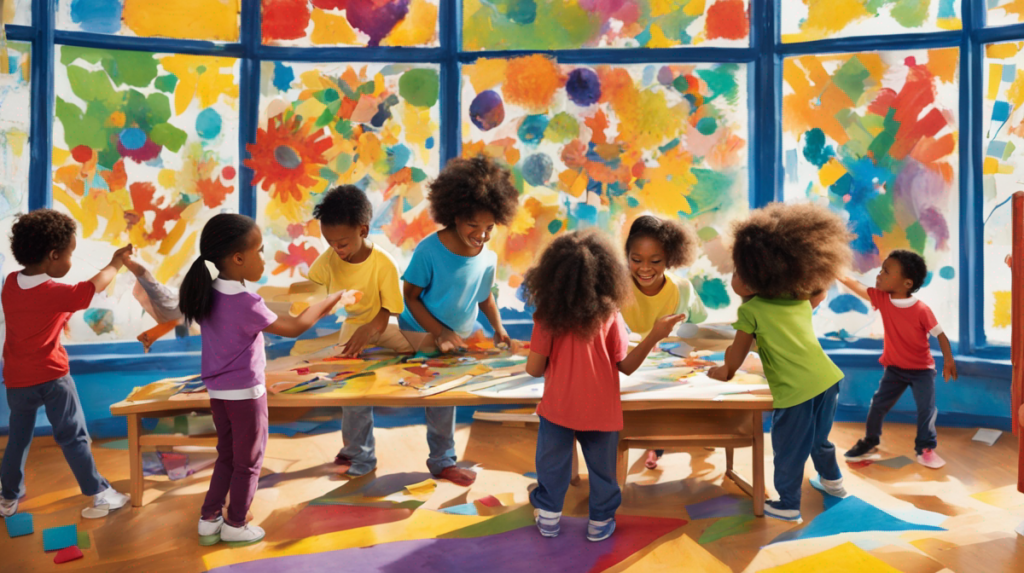Art is not just about creating; it’s a catalyst for positive change, especially in education. As creativity is fostered in schools through art, students not only learn to express themselves but also develop critical thinking skills. This comprehensive discussion explores the importance of Art in Education and the benefits it affords for holistic health.
The Symphony of Creativity: The Role of Art in Education
Art in Education is an essential element dedicated to cultivating an innovative mindset in students. It represents various platforms such as painting, sculpture, theatre, music, and many more. By incorporating these into school curriculums, it assists in fostering creativity, enhancing cognitive skills, improving academic performance, and promoting overall well-being.
Mental Health and Artistic Expression
Immersion in artistic activities provides a healthy outlet for emotions, significantly helping in managing mental health issues. Studies suggest that engaging in art can alleviate stress, reduce anxiety and depression, and improve self-esteem. It becomes a tool for expressing what’s difficult to put into words, helping students navigate emotional hurdles with resilience.
Physical Fitness through Arts
The arts can be physically engaging as well. Performing arts like drama and dance require physical exertion, promoting fitness and coordination. Studies reflect a direct correlation between physical activity and improved learning capability, fostering overall development.
Cognitive Development and Artistic Enrichment
Artistic activities stimulate the brain, fostering cognitive growth. They aid in developing vital skills like critical thinking, problem solving, and spatial-temporal skills. These skills, honed through art, aid in academic performance and make for more well-rounded learners.
Art Controversy in Schools
Despite its numerous benefits, the inclusion of Art in Education has not been without controversy. Many view it as frivolous against core subjects. However, research argues for a more holistic, balanced approach to education with art playing a vital role in shaping well-rounded individuals.
Fostering Creativity in Schools: Practical Steps
Incorporating Art in Education doesn’t have to be complicated. Here are some steps:
- Integrate Art Projects: Teachers can include art projects that align with other subjects.
- Promote Art Clubs: Schools should establish and promote art clubs, providing student artists platforms for expression and growth.
- Create Inclusive Programs: Every student should be encouraged to engage in art, fostering an inclusive spirit.
- Collaborate with Local Artists: Collaboration with local artists provides students exposure to different art forms and mentorship opportunities.
Conclusion
Art in Education is pivotal in shaping creative, healthy minds. It promotes better mental and physical health, cognitive development, and self-expression. Let’s champion a balanced, holistic approach to learning, placing art at the core of our education system for healthier, thriving schools.

